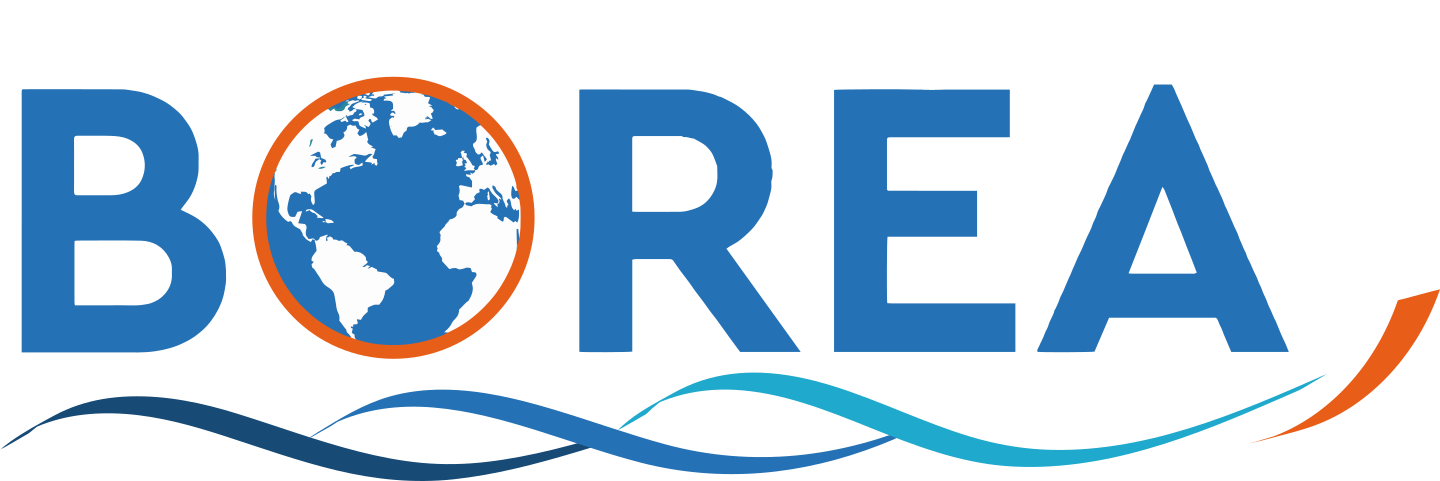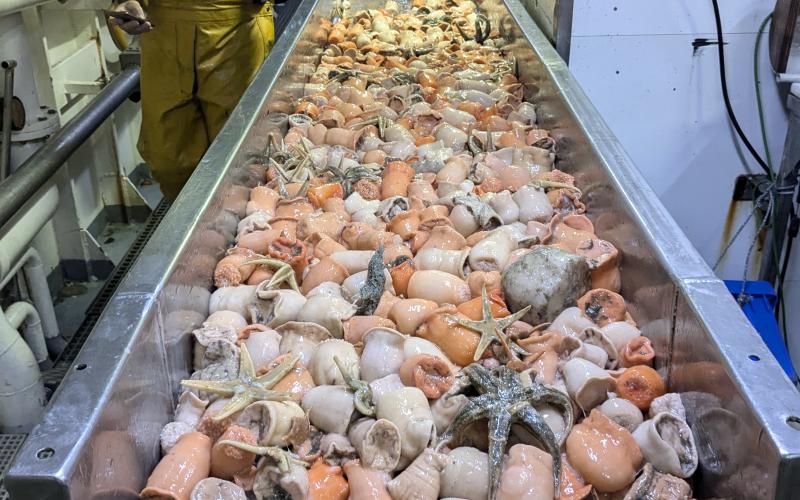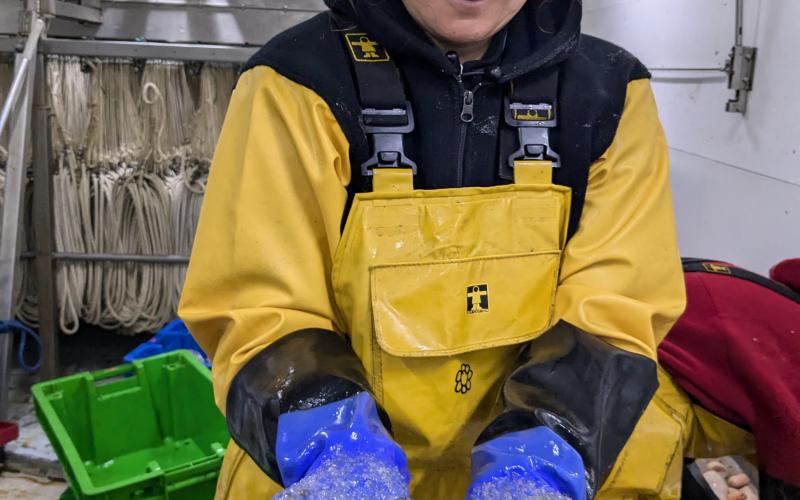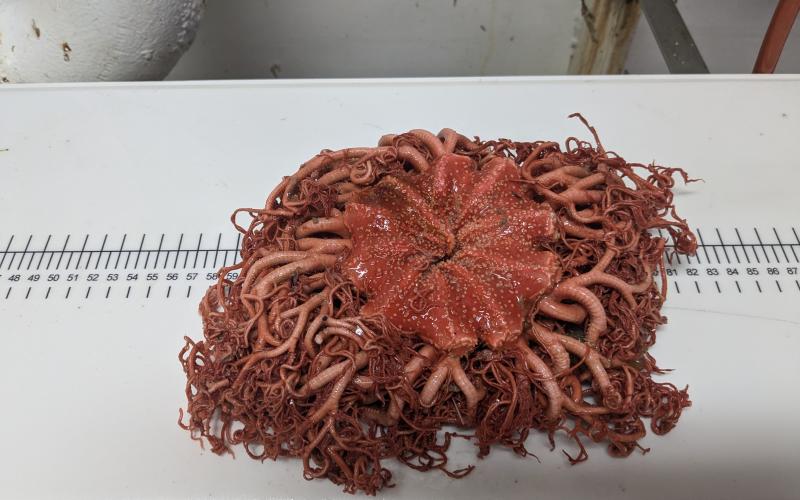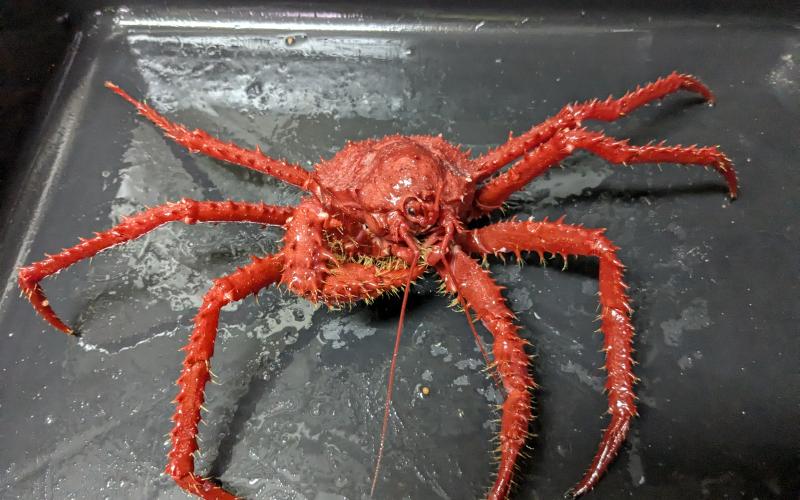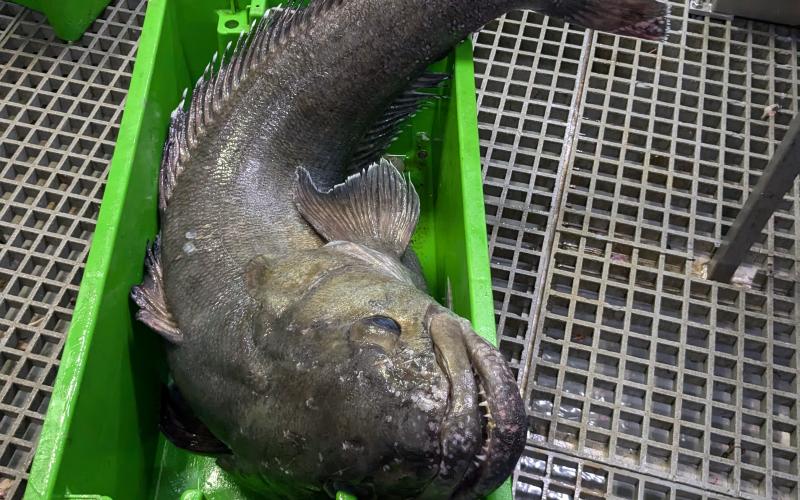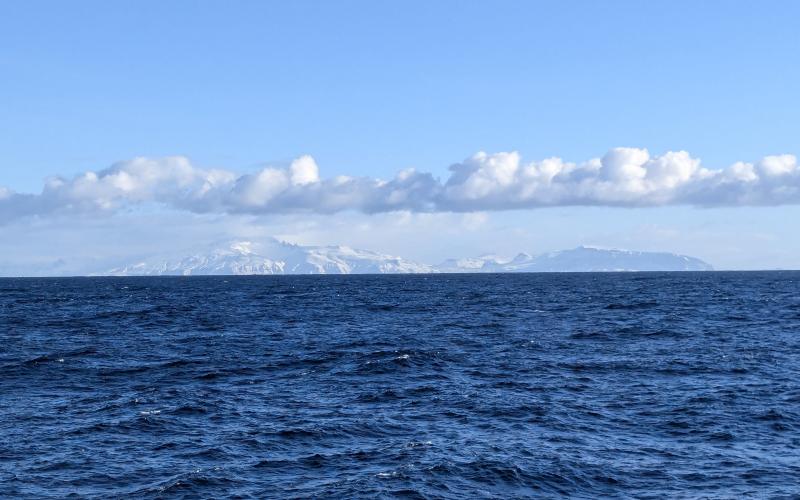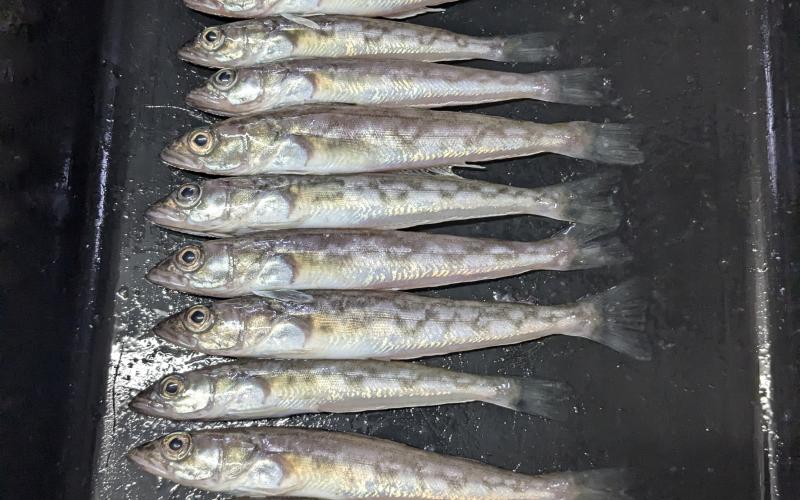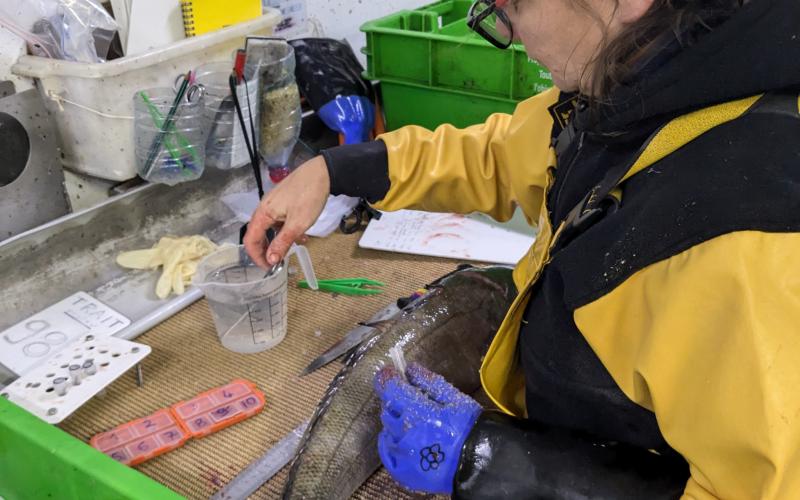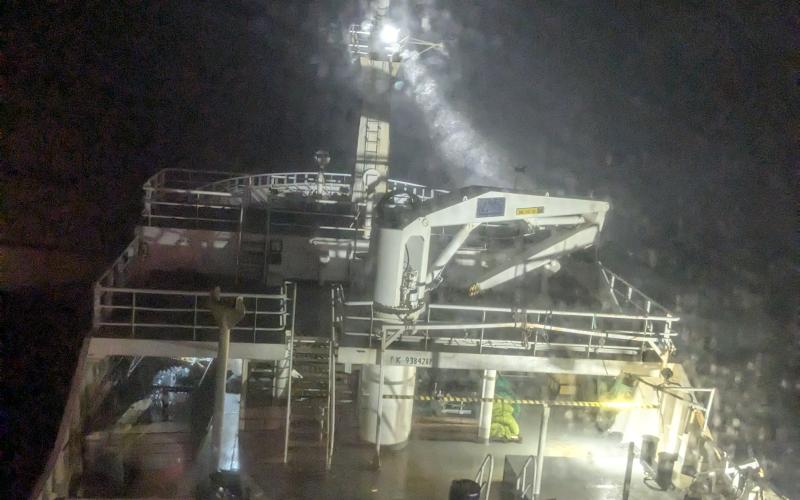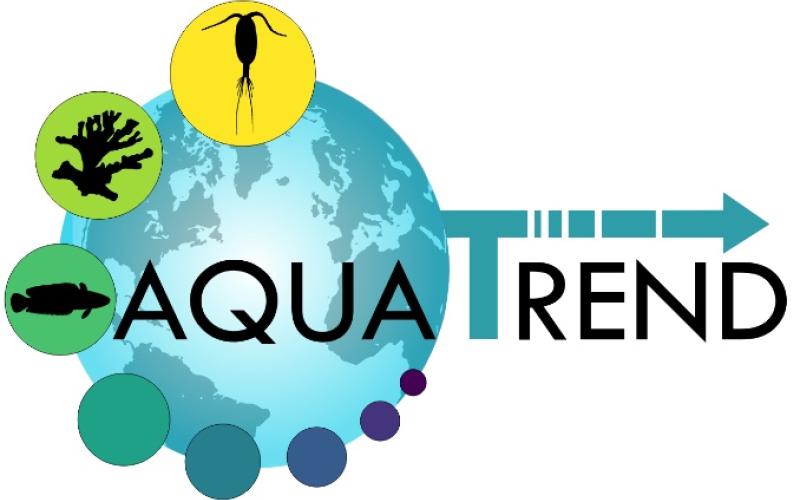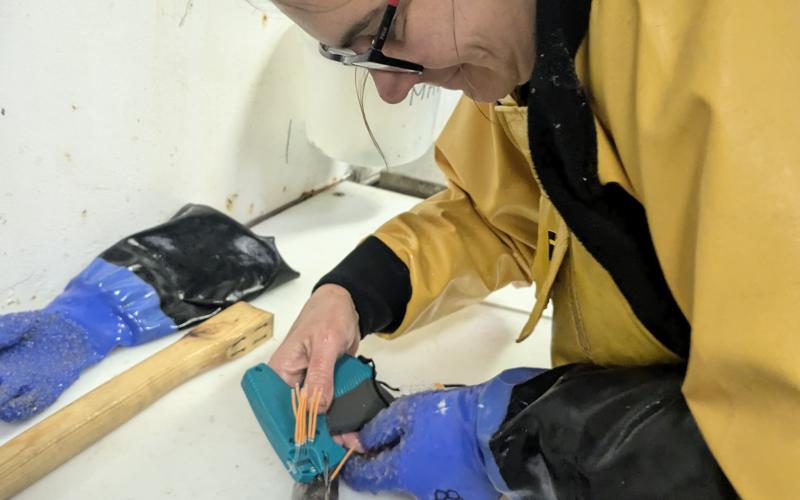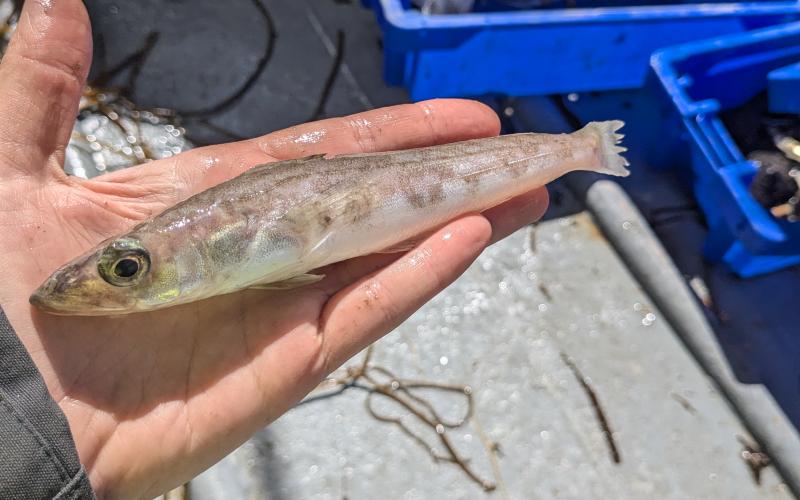
The consequences of humanity’s increasing impact on the biosphere are now well established. They revolve around five major components of global change, the impacts of which must be thoroughly analysed by the scientific community: habitat destruction and transformation; pollution; biological invasions; the exploitation of natural resources; and climate change. By definition, global changes are distinct from natural ecosystem disturbances due to three key characteristics: (i) they induce large-scale modifications that affect the planet’s environment as a whole; (ii) they are anthropogenic in origin; and (iii) their inertia is such that reversing their trajectories will require extremely long periods, spanning centuries or even millennia. These transformations, which have profound consequences for ecosystem functioning, are a central concern for scientists. The changes anticipated during the 21st century will have a significant impact on biodiversity, the access to and availability of biological resources, and ecosystem services.
In this context, the AQUATREND team aims to enhance the understanding of spatial and temporal biodiversity dynamics in response to the drivers of global change, encompassing all five major components. Its scientific objectives are organised around four main axes: (i) a biogeographical approach to explore species distributions at various scales; (ii) an ecosystemic approach to understand the complex interactions between species and their environment; (iii) a taxonomic approach to characterise the diversity of organisms; and (iv) a methodological approach to develop tools and models for analysing, simulating, and predicting the impacts of global changes on biodiversity.
AQUATREND’s Focuses
- Geographical: From global to local scales, with a primary focus on the Atlantic and Southern Oceans
- Taxonomic: Covering all taxa, including fish, plankton, and macrobenthos
- Temporal: Recent trends and future projections
- Methodological: Developing advanced methods for the acquisition and quantitative analysis of biodiversity data
Theme 1: Spatial and temporal trajectories of aquatic biodiversity and fishery resources in response to global changes
Objectives
- Establish the current state and spatial and/or temporal trends of aquatic biodiversity, including fishery resources
- Investigate the direct drivers of biodiversity change (e.g., exploitation of natural resources, climate change, biological invasions, pollution, land/sea use changes)
- Broaden the analysis to include indirect drivers as defined by IPBES (e.g., governance, economic and demographic factors
- Use this knowledge to develop biodiversity trajectories and scenarios
Projects
- Future dynamics of Patagonian toothfish stocks under fishing and climate change scenarios
- Evolution of Southern Ocean communities under various scenarios of climate change, resource exploitation, and sea use changes
- Spatio-temporal dynamics of plankton in the Atlantic Ocean
- Trophic structure of Southern ecosystems and depredation by marine mammals
- Intertidal communities facing climate change and pollution (ANR ESPOIRS project)
Theme 2: Bioregionalisation – From methodological development to decision support
Objectives
- Develop conceptual approaches to bioregionalisation and their application based on specific challenges and data constraints
- Innovate and create new methodological developments for bioregionalisation
- Study the drivers behind these bioregions and their evolution during the Anthropocene
Projects
- Development of the open-source R software bioregion to provide a unified conceptual framework for bioregionalisation methods
- Study of benthic communities in the Southern Ocean and natural reserves
- Bioregionalisation of vulnerable marine ecosystems in the Indian Ocean
- Plankton bioregions for the CCAMLR
- Biogeographical regions of freshwater fish and biological invasions
Theme 3: Methodological developments in data acquisition systems, modelling, and indicators
Objectives
- Develop tools and methods for biodiversity data acquisition in the context of global changes:
- Acquire, manage, and analyse ecosystem data related to fishery resources
- Promote innovative and non-invasive approaches to marine biodiversity data collection and biodiversity change drivers
- Encourage participatory science approaches that provide mutual benefits for science and society while integrating non-academic knowledge
- Develop and make available open-source methodological and software frameworks to study biodiversity responses to global changes:
- Tools for biodiversity data processing to ensure quality, adhering to FAIR principles (Findable, Accessible, Interoperable, and Reusable)
- Methods for quantitative analysis and modelling
Projects
- Development of electronic logbooks and databases for acquiring, managing, and analysing fishery ecosystem data
- Bendicam: Underwater cameras operating at great depths
- Development and enhancement of predictive distribution models/ecological niche models
- Low-cost acquisition of biological observations (Planktonauts of Île-de-France, ANR ESPOIRS) to complement local knowledge
- Development of CTD (Conductivity, Temperature, Depth) systems
- Development of artificial intelligence tools
Theme 4: Utilisation and application of scientific knowledge and advances for the conservation of aquatic biodiversity and fishery resources
Objectives
- Bridge institutional expertise with scientific advances in the understanding of aquatic biodiversity and fishery resources
- Consider the objectives and understand the needs of policymakers and managers in the production of knowledge and indicators
- Propose sustainable solutions for the conservation of aquatic biodiversity and the management of fishery resources
Projects
- Development of indicators for assessing good ecological status
- Formulation of recommendations for the management of Patagonian toothfish stocks based on robust and transparent scenarios
- Evaluation of management strategies for the Saint-Paul and Amsterdam lobster stock
